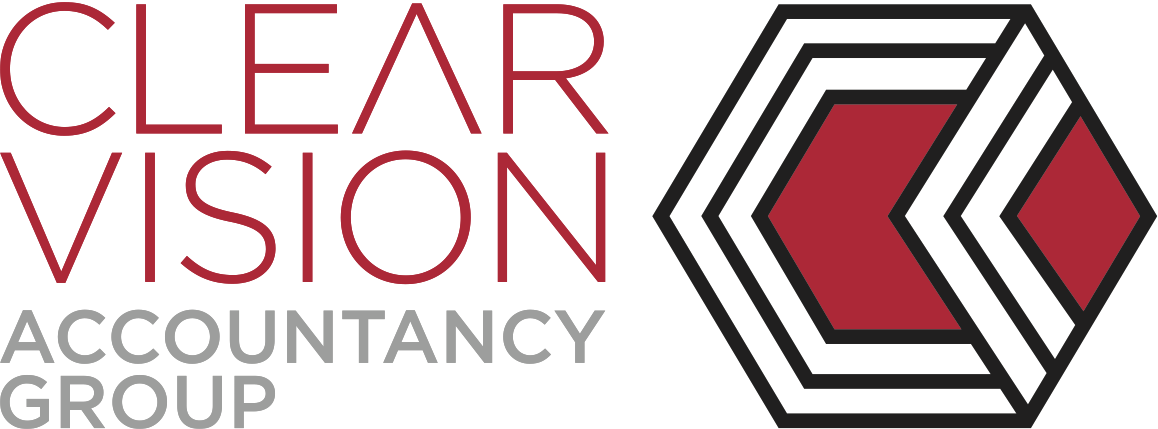Deciphering Property Deposits: What You Need to Know

So, you've probably asked around about how much cash you need to snag a house, and you've likely received a bunch of different answers. Well, it's no surprise because the deposit game is a bit of a maze. Your magic number depends on the type of property you're after, the bank you're cozying up to, and whether you qualify for any government sweeteners. Plus, don't forget there's more to it than just the bank's demands – there are those extra costs lurking around the corner.
You've probably heard the classic "20% deposit" rule to dodge that dreaded Lenders Mortgage Insurance, which is slapped on if your deposit is on the lean side. But guess what? Going super lean might cost you more in fees but can still make sense for some.
Imagine time traveling to the pre-COVID era. You'd snatch up a property, no matter the cost, knowing it could skyrocket by over 200 grand in just a year. Or perhaps you're currently shelling out rent and buying could mean smaller monthly bills. Maybe you've stumbled upon that dream property that you just can't resist. Regardless, there are ways to sneak into the property game with a tiny upfront sum.
Let's break it down by the different scenarios for the smallest possible deposit based on a $500,000 property:
First Home Buyer (FHB): Total $30,000 with these costs:
Bank Deposit: $25,000
Stamp Duty: $0
Lenders Mortgage Insurance: $0
Other Expenses: $5,000
Owner Occupier (excluding FHB): Total $44,000 with these costs:
Bank Deposit: $15,000
Stamp Duty: $9,000
Lenders Mortgage Insurance: $15,000
Other Expenses: $5,000
(Note: This low deposit option is available to First Home Buyers too but watch out – the major bank offering this won’t let you avoid Lenders Mortgage Insurance, making them not-so-pocket-friendly for first-time buyers.)
Investor: Total $61,000 with these costs:
Bank Deposit: $25,000
Stamp Duty: $16,000
Lenders Mortgage Insurance: $15,000
Other Expenses: $5,000
Finally, the most budget-friendly option: the Family Guarantee or Guarantor loan.
This option is available to First Home Buyers, Second Home Buyers, and even Investors with certain lenders:
Family Guarantee: With this ace in your sleeve, you'd need $0 in upfront costs. You can roll all your deposit and fees into the loan, and there's no Lenders Mortgage Insurance to worry about.
A quick note for “Other Expenses”. This will cover things like Conveyancing ($1,800), Transfer fees ($1,500), Mortgage fees ($500), Building and Pest inspections ($500), and stash $700 for any unexpected curveballs.
In an ideal world, avoiding Lenders Mortgage Insurance is the goal. But if you can't dodge it, weigh up the perks of snagging your dream property or entering the market sooner versus the cost. At 3% of the purchase price, a 3% growth in the first year can cover this expense. Or, you can always opt for a Family Guarantee or a 20% deposit to dodge that bullet. If you've got questions about your options or need advice on the best bank for your needs, reach out to the friendly team at Plex Finance Group for expert mortgage guidance. They've got your back!





